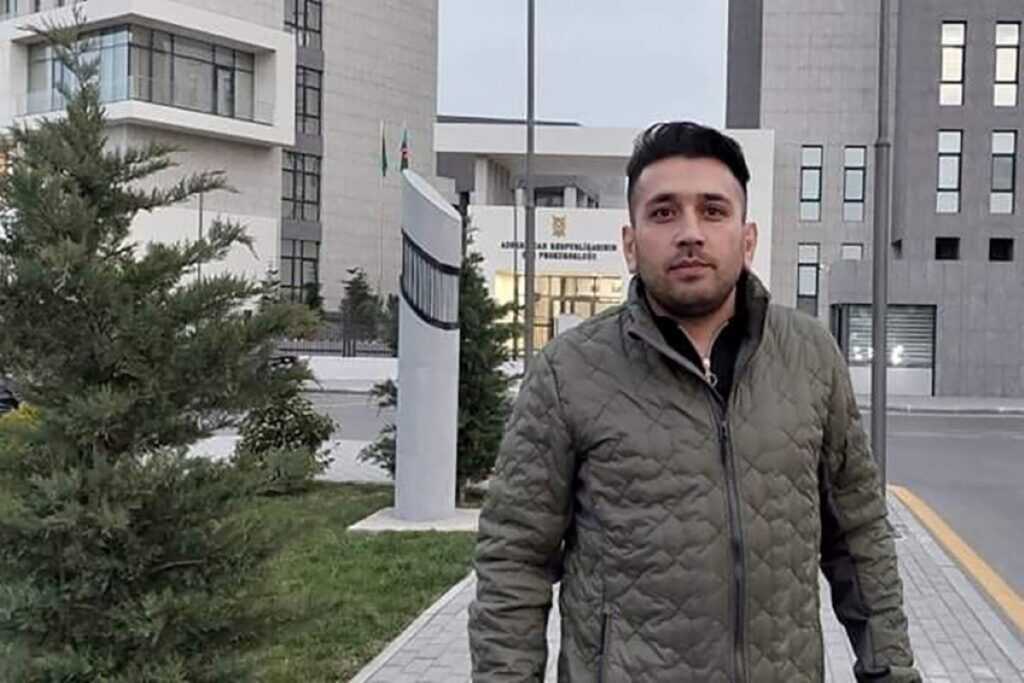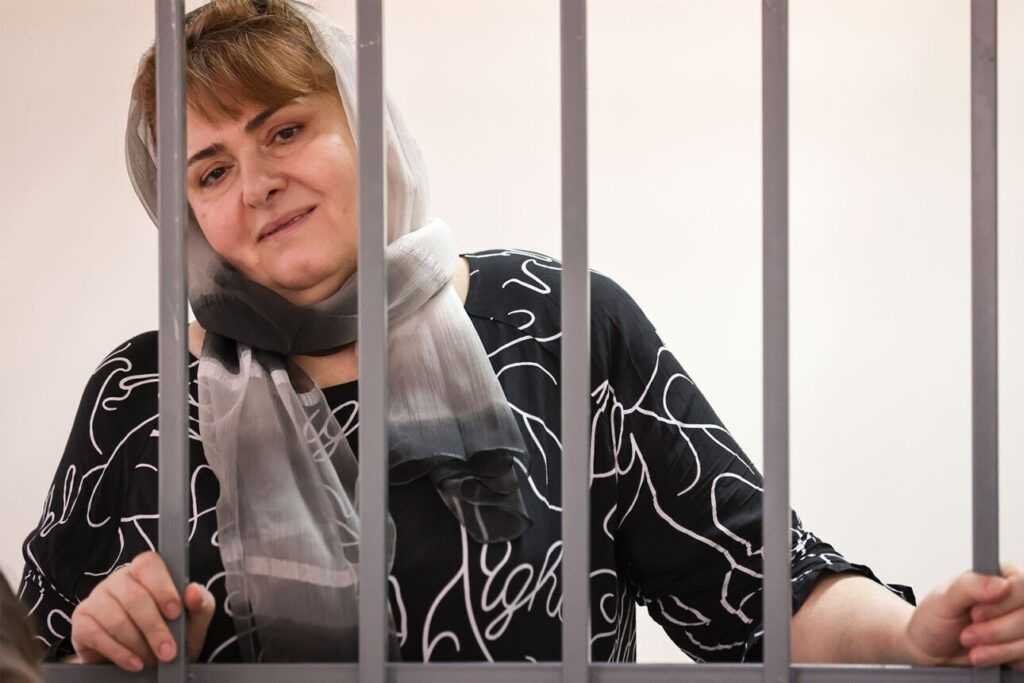It’s been a week since yet another restriction for Georgian media came into force: photos, videos, and audio recordings are no longer allowed inside courtrooms, the court building, or even the courtyard.
The new regulation does say that the High Council of Justice is entitled to grant permission after individual appeals from reporters, but so far, all appeals have been left unanswered — therefore, it’s been a week without any quality content from the important trials of detained protesters.
According to local civil rights groups, over 65 people have been arrested during the ongoing anti-government protests, students, doctors, teachers, and politicians among them.
Interest towards their cases are very high. Many videos and photos from the trials have often gone viral, such as when a key witness for the prosecution failed to recognise the person he allegedly arrested and searched in December. When the defence lawyer asked the witness if the person he had detained was in court that day, the witness replied, ‘Yes, he’s right there’. Yet Valeri Tetrashvili, the defendant, had not attended that day’s hearing.
This mistake did not show the court in a good light, and there have been many such cases. Inconsistencies in the testimonies of witnesses, a lack of evidence, the emotions of defendants and their family members — all of these have been making Georgian Dream look bad. As a solution, the ruling party got rid of media presence in a matter of days.
On Thursday, there were three important trials, including a verdict for 21-year-old Giorgi Mindadze, a medical student accused of firing fireworks during the ongoing protests on Rustaveli Avenue.
That day, I went to see what I could get from court with these new regulations. It was the first day in maybe eight months I left home without a camera, even a small one, as if you have one, you are not allowed into the court building at all.
Despite not carrying any filming equipment, I was unable to get into any of the three trials. Despite high public interest, the hearings are held in smaller courtrooms only capable of holding 35-40 people, so sometimes even family members cannot get in.
At the hearing of 19-year-old Saba Jikia, charged with attacking a police officer, around 40 people managed to get in, including an artist from online media outlet Publika, which had been very active in covering all these trials prior to the new regulations.
‘Let the artist in, let the artist in’, we heard in the hall, instead of the previous call: ‘Let the cameras in’.

In the middle of the hearing, a Publika journalist brought the first sketch from the hearing into the hall and asked his colleague and me to help digitilise the drawing. To avoid the court bailiff’s anger over taking photos even with phones in the hall, we had to go to the bathroom instead.
The highest interest was for Mindadze’s verdict. Hundreds came to support him and his mother, who also had a birthday that same day. The hall was already full an hour before the trial was set to begin, and the court bailiff once again went on using violence to kick people out. Two attendees required an ambulance, one of whom was then hospitalised as a result of the violence that day. Despite the restrictions, I managed to get a video as the high public interest seemed important.
Mindadze was ultimately sentenced to five years in prison, which sparked anger among his supporters who were kicked out. The court bailiff and police then used force to kick everyone out from the courtyard too, which some of us again filmed despite restrictions.
Violation of the new media ban is punishable by a fine of up to ₾2,500 ($900) or imprisonment of up to twelve days.
We will see if they will use such punishment in the following weeks against us. Meanwhile, we will continue to bring the important stories to our audiences by all means possible.





